Heat transfer is the movement of thermal energy between objects or environments, occurring through conduction, convection, or radiation. Understanding these processes is essential for various applications.
1.1 Overview of Conduction, Convection, and Radiation
Heat transfer occurs through three primary methods: conduction, convection, and radiation. Conduction involves direct heat transfer between objects in physical contact, such as a metal spoon heating up in hot soup. Convection relies on the movement of fluids or gases to transfer heat, like boiling water or warm air from a radiator. Radiation transfers heat through electromagnetic waves, even in the absence of physical contact or medium, such as feeling warmth from a fireplace. These processes often occur simultaneously and are fundamental in understanding energy transfer in various natural and technological systems. Each method has distinct characteristics and plays a crucial role in everyday phenomena and industrial applications.

Understanding Conduction
Conduction involves direct heat transfer between objects in physical contact. Materials like metals conduct heat efficiently, while plastics do not. Contact area and material type affect conduction rates.
2.1 Definition and Examples of Conduction
Conduction is the transfer of heat through direct contact between particles in matter. It occurs in solids, liquids, and gases but is most efficient in solids. Metals, like copper, are excellent conductors, while materials like plastic are poor conductors.
Examples include a metal spoon heating up when stirring hot soup or a copper strip feeling cooler than a plastic spoon. These scenarios demonstrate how heat moves through physical contact, making conduction a fundamental concept in understanding heat transfer.
2.2 Factors Affecting Conduction
Several factors influence the efficiency of heat transfer through conduction. The material’s thermal conductivity plays a crucial role, with metals like copper and aluminum being excellent conductors, while materials like wood or plastic conduct heat poorly. Temperature difference between objects also affects conduction, as greater differences lead to faster heat transfer. Surface area in contact and the thickness of the material are additional factors; larger contact areas and thinner materials enhance conduction. For instance, a copper strip transfers heat more efficiently than a plastic spoon due to higher conductivity. Understanding these factors helps in analyzing real-world scenarios, such as why metal handles on hot pans become scorching while plastic handles remain cooler.
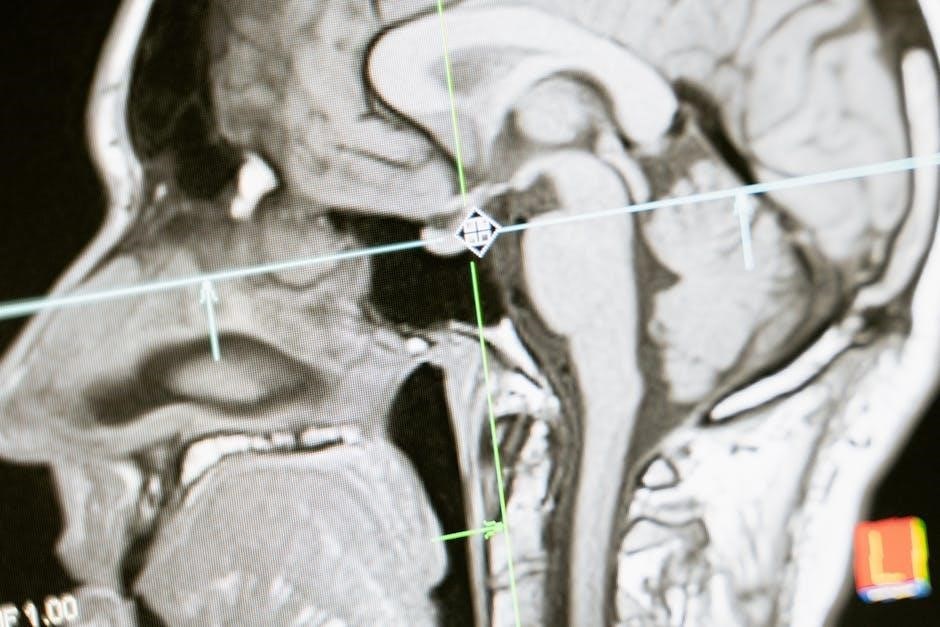
Understanding Convection
Convection is the transfer of heat through fluid movement. It occurs naturally, like when warm air rises, or forcibly, such as using fans. Worksheets often include examples to help students identify convection in real-life scenarios, enhancing their understanding of heat transfer methods.
3.1 Definition and Examples of Convection
Convection is the transfer of heat through the movement of fluids. It occurs when heated particles rise, cool, and are replaced by cooler particles. Natural convection happens without external influence, like warm air rising near a heater. Forced convection involves fans or pumps, such as in radiators. Examples include boiling water, where bubbles carry heat, and hot-air balloons, where heated air rises. Worksheets often use these scenarios to help students identify convection. Understanding convection is crucial for applications like cooling systems and weather patterns. By analyzing real-life examples, students can grasp how convection plays a key role in everyday phenomena and industrial processes.
3.2 Natural vs. Forced Convection
Natural convection occurs without external intervention, driven by density differences in fluids. When a fluid is heated, it expands, becomes less dense, and rises, creating a circular flow. Examples include warm air rising near a heater or coolant flowing naturally in a system. Forced convection, however, uses external mechanisms like fans or pumps to enhance heat transfer. This method is faster and more efficient, commonly seen in radiators, air conditioners, and industrial cooling systems. Worksheets often highlight these distinctions, helping students differentiate between the two. Understanding natural and forced convection is vital for optimizing thermal management in both natural and engineered systems.
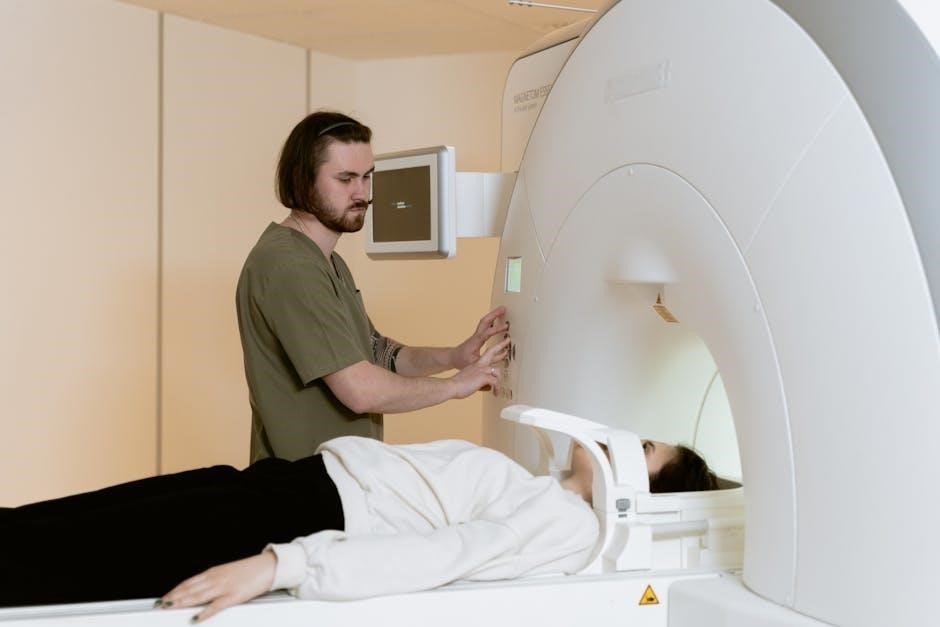
Understanding Radiation
Radiation is the transfer of energy via electromagnetic waves, requiring no medium. Examples include sunlight and heat felt from a fire. It occurs in a vacuum and is a key method in space.
4.1 Definition and Examples of Radiation
Radiation is the transfer of heat through electromagnetic waves, requiring no physical medium. It occurs in all directions and can travel through vacuums. Common examples include sunlight warming the Earth, heat felt from a fire, or the warmth emitted by a radiator. Unlike conduction and convection, radiation relies on photon emission and absorption. Everyday examples include a barbecue grill heating food, the sun heating a car interior, or a person feeling heat from a light bulb. Radiation is a fundamental process in both natural and technological systems, making it essential to understand its role in heat transfer.
4.2 How Radiation Differs from Conduction and Convection
Radiation differs from conduction and convection as it does not require a physical medium to transfer heat. Unlike conduction, which relies on direct contact between materials, and convection, which involves the movement of fluids, radiation transfers energy through electromagnetic waves. This allows radiation to occur in vacuums, where conduction and convection are impossible. Radiation also differs in that it can travel in all directions simultaneously and is not limited by the physical properties of a material or fluid. These unique characteristics make radiation the primary method of heat transfer in environments like space or when objects are not in direct contact.

Comparing Conduction, Convection, and Radiation
Conduction requires direct contact, convection involves fluid movement, and radiation uses electromagnetic waves. Each method transfers heat differently, with radiation not needing a medium to function efficiently.
5.1 Key Differences Between the Three Methods
Conduction involves direct contact between materials, transferring heat through atomic vibrations. Convection relies on fluid motion, where heated particles move and transfer energy. Radiation, however, uses electromagnetic waves, requiring no medium. Conduction is most efficient in solids, while convection dominates in fluids. Radiation can occur in vacuums and is independent of material contact. These methods differ in their mechanisms and mediums, with radiation being the only one not needing physical contact or material presence. Understanding these distinctions is crucial for analyzing heat transfer scenarios in various environments and applications. Each method plays a unique role in how energy is distributed and exchanged, highlighting their importance in thermal processes.
5.2 Situations Where Multiple Methods Occur
In many real-world scenarios, heat transfer occurs through a combination of conduction, convection, and radiation. For example, when boiling water on a stove, heat is conducted through the pot, convected via water movement, and radiated from the stove. Similarly, sitting near a fireplace involves radiation from the flames, convection of warm air, and conduction through nearby objects. Even in everyday activities, like holding a hot cup of coffee, heat is transferred through conduction (cup to hand), convection (warmth felt from rising steam), and radiation (heat felt from the cup’s surface). These overlapping processes highlight how heat transfer is rarely isolated to a single method in practical situations.

Heat Transfer Worksheet: Identifying Processes
This worksheet provides scenarios for identifying heat transfer methods, such as warming hands over a fire or using a metal spoon. Answers are included for review.
6.1 Examples from the Worksheet
The worksheet includes scenarios like warming hands over a fire, boiling water on a stove, and using a metal spoon in hot soup. These examples help identify heat transfer methods. For instance, a spoon getting hot in soup demonstrates conduction, while boiling water shows convection. Feeling heat from a fireplace illustrates radiation. Other examples include melting wax with different metals, comparing thermal conductivity, and using a hair dryer to dry hair. Each scenario asks students to classify the primary method of heat transfer, with some involving multiple processes. The exercises are designed to reinforce understanding of conduction, convection, and radiation in real-world contexts.
6.2 Answer Key and Explanations
The answer key provides clear solutions to the worksheet questions, explaining whether heat transfer occurs through conduction, convection, or radiation. For example, warming hands over a fire is radiation, while boiling water on a stove involves convection. Using a metal spoon in hot soup demonstrates conduction. Explanations clarify the reasoning, such as radiation involving electromagnetic waves and convection requiring fluid movement. Some scenarios, like feeling heat from a fireplace, may involve multiple processes. The key emphasizes distinguishing between methods and understanding their definitions. This resource helps students verify their answers and grasp heat transfer concepts effectively, ensuring accuracy and reinforcing learning objectives. Common misconceptions, like confusing convection and radiation, are addressed to improve understanding.
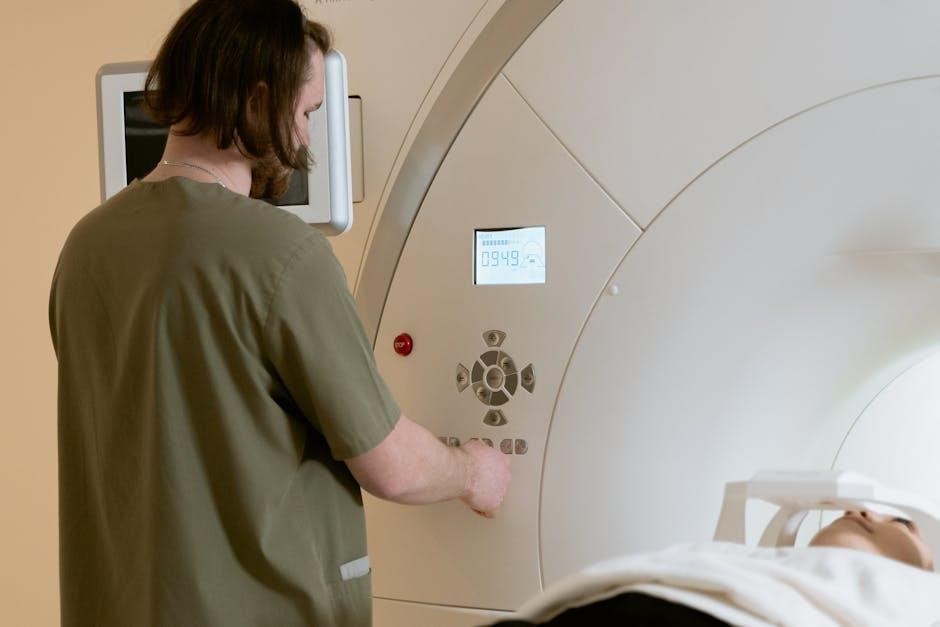
Educational Resources for Heat Transfer
Educational resources include worksheets, card sorting activities, and answer keys for conduction, convection, and radiation. These tools help students and educators effectively teach and learn heat transfer concepts.
7.1 Worksheets and Activities for Students
Worksheets and activities are essential tools for teaching heat transfer concepts. PDF resources like “Conduction, Convection, and Radiation Worksheet” provide structured exercises where students identify and classify heat transfer methods in various scenarios. These worksheets often include multiple-choice questions, short-answer sections, and diagram labeling tasks. Activities such as card sorting games encourage interactive learning, where students categorize examples of conduction, convection, and radiation. Many resources include answer keys, enabling self-assessment and reinforcing understanding. These educational materials are designed to engage students and help them grasp the fundamental differences between the three heat transfer methods through practical applications and hands-on exercises;
7.2 Card Sorting Activity for Conduction, Convection, and Radiation
A card sorting activity is a dynamic way to engage students in understanding heat transfer methods. Students categorize scenarios into conduction, convection, or radiation. Each card describes a situation, such as “ice melting in a warmer room” or “heating a pan on a stove.” By sorting these examples, students actively learn to differentiate between the methods. The activity can be done physically with cards or digitally using interactive tools. It promotes critical thinking and reinforces key concepts. Teachers can use pre-made cards or create custom ones based on specific examples. This hands-on approach helps students visualize and internalize the differences between conduction, convection, and radiation in various real-world contexts.
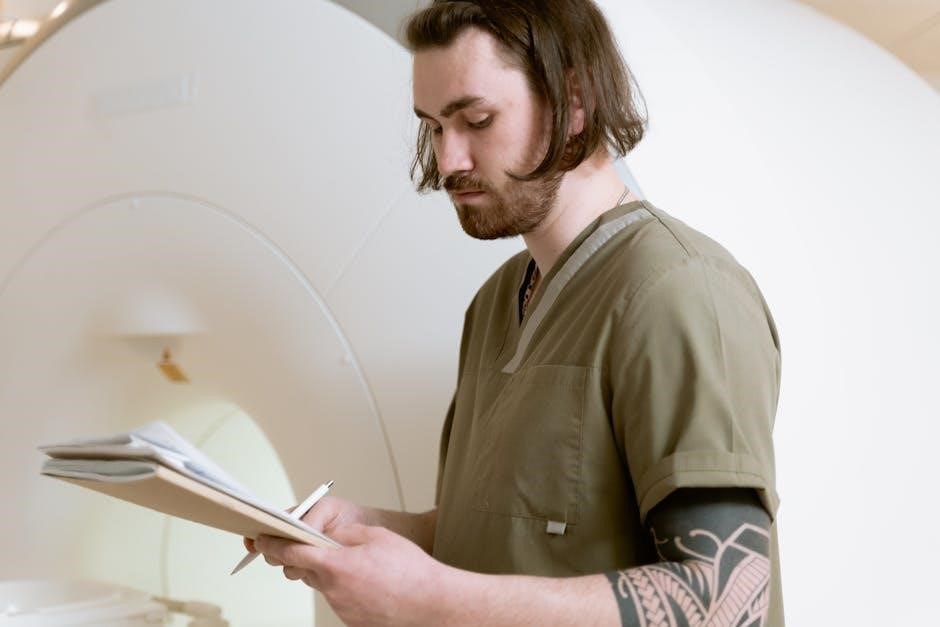
Practical Applications of Heat Transfer
Heat transfer is essential in daily life, such as conduction in cooking, convection in heating, and radiation in space exploration, and in technological applications like cooling systems and thermal insulation.
8.1 Everyday Examples of Conduction, Convection, and Radiation
Heat transfer is evident in daily life through conduction, convection, and radiation. Conduction occurs when heat flows through direct contact, such as a metal spoon getting hot in soup or a cold glass sweating on a table. Convection involves heat transfer through fluid movement, like boiling water or using a hair dryer to warm hair. Radiation is felt when heat travels via electromagnetic waves, such as the warmth of the sun or heat from a fireplace. These processes are essential for cooking, heating, and even cooling systems, making them integral to our daily routines and technological advancements.
8.2 Industrial and Technological Applications
Heat transfer principles are fundamental to various industrial and technological applications. Conduction is utilized in heat sinks and metal processing, while convection is essential in cooling systems, such as radiators and HVAC systems. Radiation is applied in thermal imaging, industrial ovens, and space exploration. These processes optimize efficiency and safety in manufacturing, energy production, and transportation. For example, heating a building via radiators involves convection, and drying processes in industries rely on convection and radiation. Understanding these methods enables advancements in technology and problem-solving, ensuring systems operate effectively and sustainably. These applications highlight the critical role of heat transfer in modern innovation and industrial operations.

Solving Heat Transfer Problems
Solving heat transfer problems involves identifying the method (conduction, convection, radiation), analyzing the situation, and applying relevant formulas to calculate energy transfer accurately.
9.1 Step-by-Step Analysis of Sample Questions
When analyzing heat transfer problems, start by identifying the method: conduction, convection, or radiation. For example, in the question, “A metal spoon is stirred in hot soup and becomes warm,” the process is conduction, as heat flows through direct contact. Another example: “A chair near a fireplace gets warm,” which involves radiation, as heat travels via electromagnetic waves. For convection, consider, “Boiling water rises and cooler water sinks,” demonstrating fluid movement transferring heat. Use worksheets to practice identifying these processes, ensuring accurate classification. Reviewing answers helps reinforce understanding and improve problem-solving skills in heat transfer scenarios.
9.2 Common Mistakes and Tips for Accuracy
Common errors include confusing convection with radiation, as both involve heat transfer without contact. For instance, feeling warmth from a fire is radiation, while boiling water involves convection. Misidentifying the medium, like assuming conduction only occurs in solids, is another mistake. To improve accuracy, carefully analyze each scenario. Use worksheets to practice distinguishing between processes. Review answer keys to understand correct classifications. Pay attention to key terms like “direct contact” for conduction, “fluid movement” for convection, and “electromagnetic waves” for radiation. Regular practice and reviewing explanations enhance understanding and minimize errors in heat transfer problem-solving.
Understanding conduction, convection, and radiation is crucial for analyzing heat transfer. These methods are essential in everyday applications and technological advancements, enhancing problem-solving skills in physics.
10.1 Summary of Key Concepts
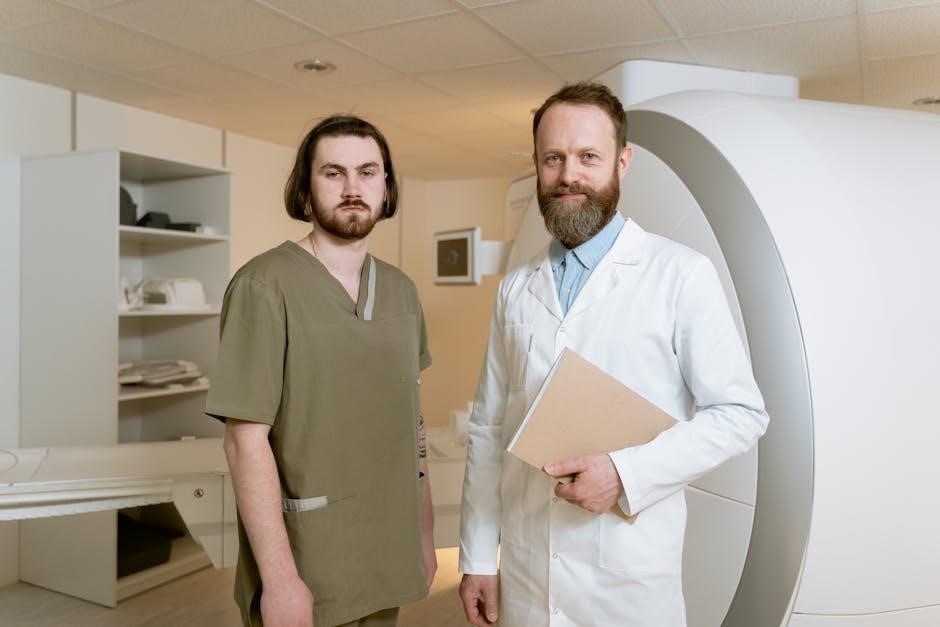
Heat transfer occurs through three primary methods: conduction, convection, and radiation. Conduction involves direct contact between materials, while convection relies on fluid movement. Radiation transfers energy via electromagnetic waves. Each method has distinct characteristics and applications, as seen in everyday examples like cooking, heating, and sunlight. Worksheets and activities help students identify and differentiate these processes, enhancing their understanding of thermal energy flow. Mastering these concepts is vital for solving problems in physics and engineering, as well as appreciating their role in natural and industrial systems. By analyzing real-world scenarios, learners can effectively classify and explain heat transfer mechanisms, fostering practical knowledge and critical thinking skills.
10.2 Importance of Understanding Heat Transfer
Understanding heat transfer is crucial for advancing technology, improving energy efficiency, and ensuring safety in various industries. It helps design better cooling systems, insulation, and heating devices, reducing energy consumption and environmental impact. In everyday life, grasping these concepts aids in cooking, maintaining comfortable living spaces, and preventing overheating in electronics. Heat transfer principles are foundational in fields like engineering, physics, and chemistry, driving innovation in transportation, aerospace, and renewable energy. By mastering conduction, convection, and radiation, individuals can optimize processes, enhance performance, and contribute to sustainable solutions. This knowledge empowers problem-solving and fosters a deeper appreciation for the natural and built world.